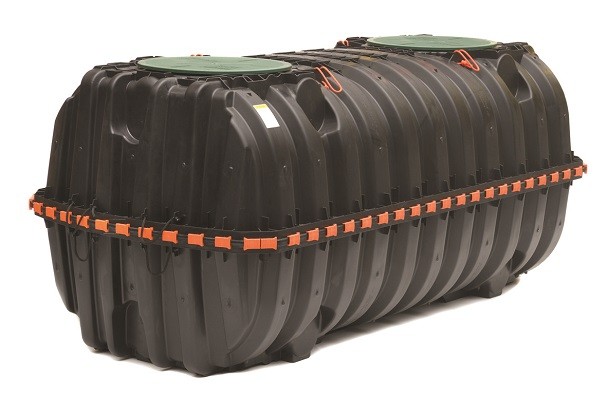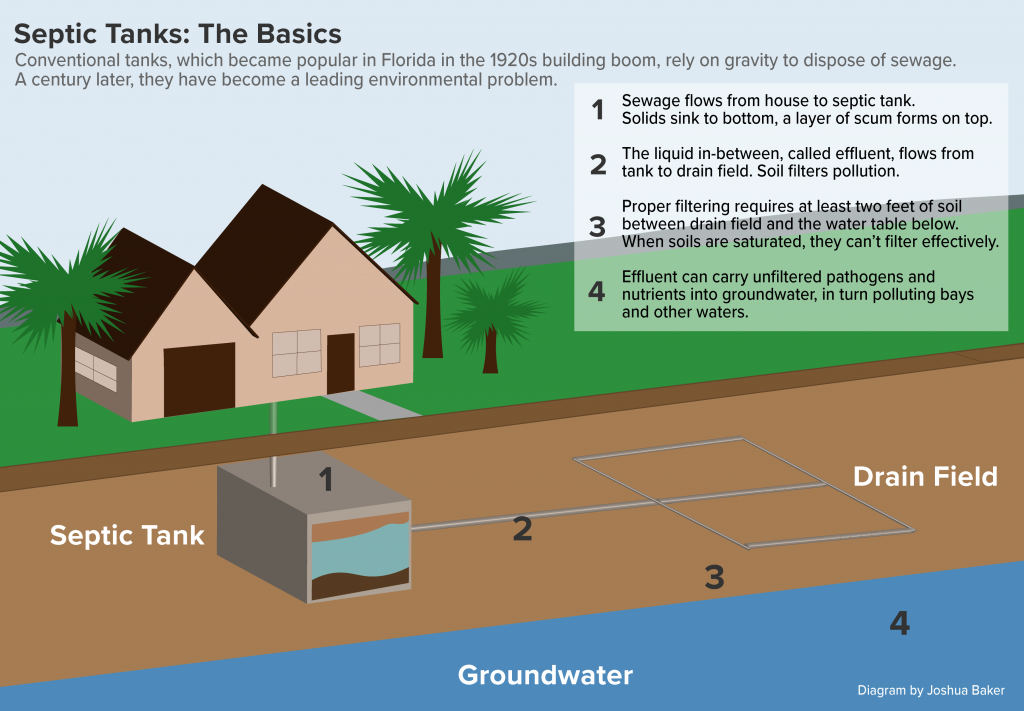Sewage-disposal Tank Services Unraveled: From Installation to Maintenance-- Your Complete Guide
Are you having a hard time to comprehend the ins and outs of septic container services? Plus, we'll even share some helpful DIY pointers to maintain your septic container running smoothly. Get all set to end up being a septic storage tank professional!
Septic System Installment Refine
When installing a septic container, you will certainly require to thoroughly dig deep into a hole in the ground. Make use of an excavator or a backhoe to dig a hole that is large and deep enough to suit the size of your septic container.

After the base is prepared, meticulously reduced the septic container into the hole utilizing a crane or other training equipment. Make sure to position the container appropriately according to the design strategies and local laws. Once the tank remains in location, backfill the opening with dirt, making certain to small it in layers to avoid settling.
Lastly, connect the inlet and electrical outlet pipes to the septic storage tank, ensuring correct placement and limited seals. When connecting the pipes., it is important to comply with neighborhood pipes codes and regulations.
Crucial Tools for Septic Storage Tank Maintenance
To effectively keep your septic tank, you will require a range of vital devices for effective and reliable wastewater monitoring. Among the most vital items of tools is a septic storage tank pump. This tool is used to get rid of the built up sludge and scum from the tank. Routine pumping is necessary to stop the build-up of solids, which can lead and cause clogs to expensive repair services. One more crucial tool is a sewage-disposal tank assessment electronic camera. This small camera is inserted into the container via a gain access to port and allows you to aesthetically inspect the problem of the tank and its components. It can aid recognize any type of splits, leaks, or other concerns that might need interest. A sewage-disposal tank alarm is likewise an essential piece of tools. This alarm system is installed in the tank and notifies you when the liquid degree surges over the normal range. It can help you discover potential issues such as a clogged drain field or a malfunctioning pump. Lastly, a septic container therapy product can be made use of to preserve the wellness of the bacteria in the storage tank. These items introduce helpful bacteria and enzymes right into the system, helping to break down waste and protect against odor and clogs. By having these crucial devices, you can guarantee the appropriate maintenance of your septic system and lengthen its lifespan.
Regular Sewage-disposal Tank Pumping Arrange
To preserve the health and performance of your septic storage tank, it is vital to establish a regular pumping routine. Normal pumping helps protect against the build-up of solid waste and makes certain the proper functioning of your septic system. The regularity at which you must pump your sewage-disposal tank relies on various factors, consisting of the dimension of your tank, the number of individuals in your house, and your water usage.
As a basic guideline, it is suggested to have your septic container pumped every 3 to five years. Nonetheless, it is important to check your storage tank's problem frequently and readjust the pumping schedule as necessary. If you discover any type of signs of a full container, such as slow drains pipes, odors, or sewer back-ups, it is very important to have your tank pumped quickly.
In addition to routine pumping, proper maintenance and treatment are important to lengthen the life-span of your septic system. Stay clear of flushing non-biodegradable products, such as baby diapers, paper towels, or oil, down the drainpipe. These can block your system and result in costly repairs.
Indicators of Septic Container Troubles to Keep An Eye Out For

DIY Tips for Septic System Upkeep
Take aggressive actions our website to preserve your septic storage tank by consistently pumping it. This is a crucial DIY pointer that guarantees the proper performance of your septic tank. Routine pumping helps remove built up solids and stops them from blocking the pipes or damaging the storage tank. The frequency of pumping depends upon the dimension of your tank and the number of individuals in your family. As a general regulation, it is recommended to pump your sewage-disposal tank every 3 to five years. However, if you have a smaller sized tank or a larger family, even more frequent pumping may be essential. An additional crucial do it yourself suggestion for septic storage tank upkeep is to be conscious of what decreases your drains pipes. Prevent getting rid of oil, oil, chemicals, and non-biodegradable items right into your septic system. These substances can interfere with the natural organic process that damages down waste in the storage tank. In addition, save water to stop overwhelming the system. Deal with any leaks or trickles without delay and take into consideration mounting low-flow components. By adhering to these basic DIY suggestions, you can prolong the life expectancy of your septic container and stay clear of pricey repair services in the future.

Final Thought
Normal pumping, enjoying out for signs of issues, and following Do it yourself tips can help you maintain your septic Click This Link container in excellent condition. Keep in mind, correct maintenance is crucial to avoid pricey repairs and maintain your septic tank running efficiently.
A septic container therapy product can be utilized to maintain the wellness of the bacteria in the container.To keep the health and wellness and performance of your septic tank, it is necessary to develop a normal pumping schedule. The regularity at which you need to pump your septic container depends on numerous aspects, consisting of the dimension of your storage tank, the number of individuals in your family, and your water usage.
If you see any signs of a full storage tank, such as slow-moving drains, smells, or sewage back-ups, it is vital to have your container pumped promptly. - septic service
Routine pumping, viewing out for indications of issues, and complying with DIY suggestions can help you keep your septic container in good problem.